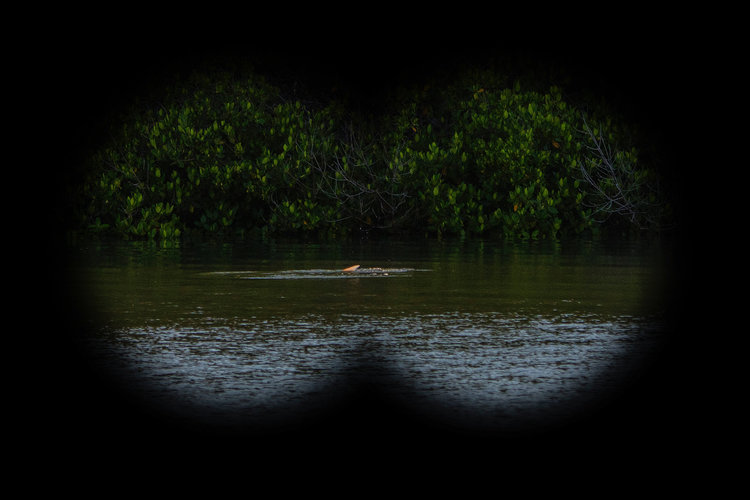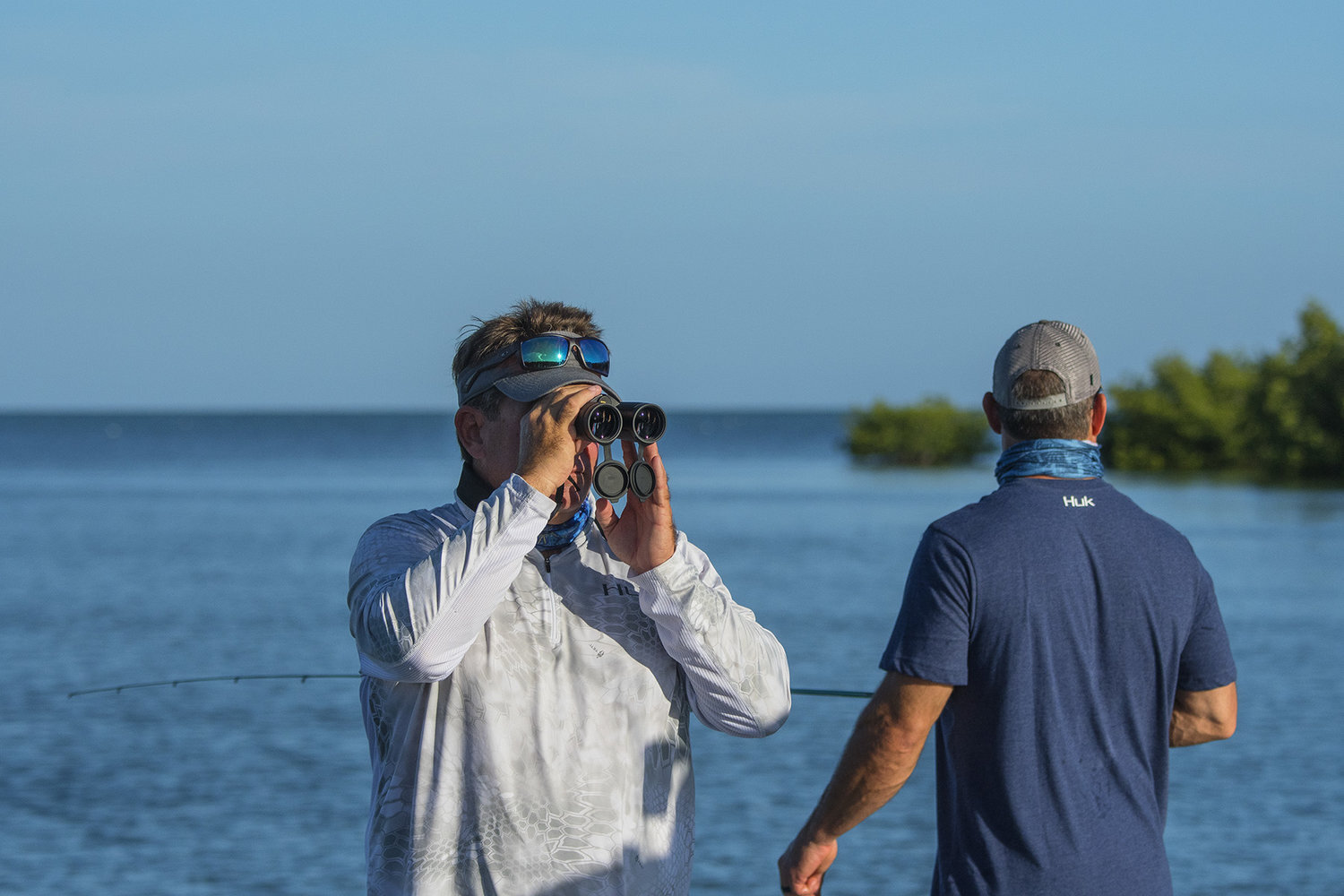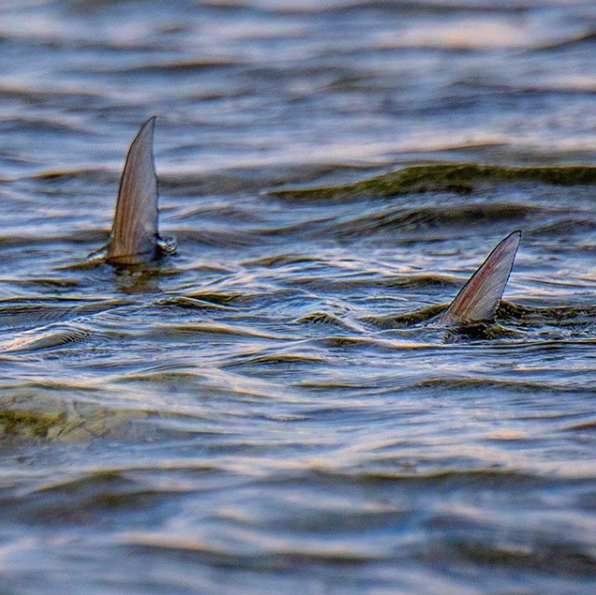The Secret Weapon For Fishing
written by staff writer
Tom Rowland and Rich Tudor from Saltwater Experience have years of experience on the flats. After watching them for a long time you could learn about bait and tackle strategies, and many more secrets they use to land fish - however, they have recently shared a deadly secret that very few anglers are aware of.
The secret many anglers overlook? Binoculars.
“I have caught countless fish and finished countless SLAMs (permit, bonefish, and tarpon in one day) because of the binoculars.”
Captain Tom Rowland was hesitant to share his secret “…for so long I have coveted my binoculars as a secret weapon. I have caught countless fish and finished countless SLAMs (permit, bonefish and tarpon in one day) because of the binoculars. I used to never tell anyone what I was doing.” but he has learned to enjoy sharing his success on the flats. “Now, I enjoy teaching and enjoy seeing other people have success.” He describes, “If you are currently using binoculars as described and regularly, you already know. But if you don’t use them, consider it. You will explore areas so fast without ever disturbing then. You will find more fish and eventually, if you keep track of all that you are seeing, you will catch far more fish.” Rowland had decided to share his hidden secrets with us, and luckily we can all benefit from his knowledge.
So what exactly will this coveted secret weapon give you? To start, adding binoculars to your arsenals gives you the ability to save time and money on the water.
Using binoculars can help you spot fish from a distance. This is especially advantageous with fish that might spook easily if you rush up on them, like tarpon. Using binoculars such as Nikon’s 8x42, Rowland says he scans to catch tarpon rolling over on the surface. “I can see from a long way off if there are surface disturbances on a slick calm morning. For giant tarpon this has proven to be a major time saver.” he explains. During the months of April through June there will be tarpon and there are many large areas you will have to look for them. On calm mornings, if the fish are there, you can expect them to roll at least a few times.
Believe it or not, a 150 lb tarpon can break the surface rolling for oxygen with very little disturbance on the water. In fact Rowland describes how often other fish from a distance can look very similar. “…the way that a Cormorant dives down for a fish looks very similar to a tarpon from a distance. Many guides have been fooled by this bird.” He explains how with the enhanced vision the binoculars provide can save time. “With a pair of 8x42 like the Nikon Monarch, I can watch an area for a few minutes and clearly tell the difference between a bird and a tarpon. If all I see are birds, I might simply move on. On the other hand, if I get a 100% confirmation of a tarpon rolling, I can engage.” This not only helps save your time, but also allows you to save money and not run your engine all day.
Binoculars are also handy for spotting bonefish and permit as Rowland describes, “On low tide, bonefish will tail or stick their tails out of the water as they feed. These tails can look a lot like a bonnet shark from a distance.” Many guides have been fooled by bonnet shark, or mistaken a bone and moved away from a great opportunity. “With the binoculars, I can scan a flat and make 100% sure that what I am seeing is a bonefish before going after them. This also saves great amounts of time as I will sometimes just move on if I am seeing less than I thought I would.” This has helped Rowland and Tudor land hundreds of bones and permit.
“On low tide, bonefish will tail or stick their tails out of the water as they feed. These tails can look a lot like a bonnet shark from a distance.”
Capt. Rich Tudor of Saltwater Experience
So, don’t waste time and energy trying to guess where the fish are. Throw some binoculars in your tackle box. You’ll see the difference.















